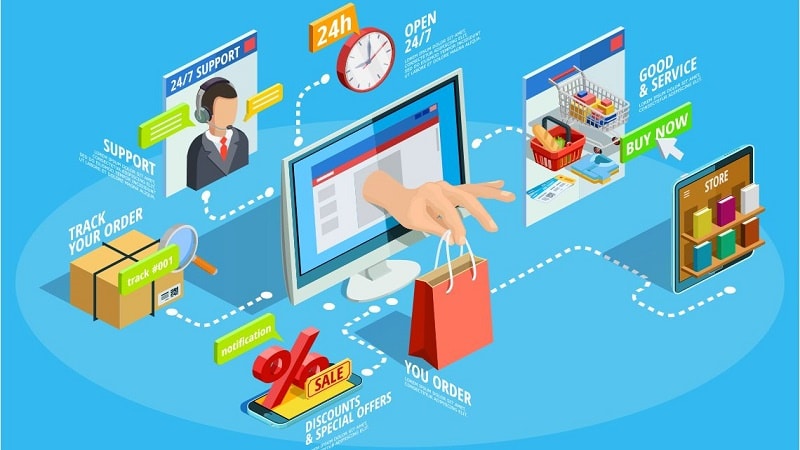
Starting an online store can be a great way to make money, but it can also be difficult to get started. There are a few things you need to do in order to jump-start your online store and get it up and running.
1. Create A Business Plan
First, you need to create a business plan. This will help you figure out what products you want to sell and how you want to market your store. For example, you need to decide whether you want to sell physical products or digital products. You also need to decide how you're going to attract customers and how you're going to keep them coming back.
Additionally, you need to set some financial goals for your store. How much do you want to make each month? What is your advertising budget? Knowing this information will help you make decisions down the road.

2. Design A Website
Next, you need to design a website that will be appealing to your target market. This means choosing the right colors, the right layout, and including high-quality images. You also want to make sure your website is easy to navigate and that it includes all of the information your customers need.
For example, you should have a section on your website that tells customers about your shipping and returns policy. You should also have a contact page so that customers can reach you if they have any questions.
In addition, you want to make sure your website is mobile-friendly. More and more people are using their phones and tablets to shop online, so you need to make sure your website looks good on these devices.
3. Find The Right Products To Sell
Once you know who your target market is, you need to find products that they will want to buy. This can be difficult, but there are a few ways to go about it.
First, you can look for products that are popular in your niche. For example, if you're selling pet supplies, you can look for products that are popular among pet owners.
You can also look for products that solve a problem that your target market has. For example, if you're selling products for new parents, you can look for products that help them with their baby's sleep schedule.
Finally, you can ask your target market what they want. This can be done through surveys or social media polls.
When it comes to shipping and packing products, it's important to have a reliable and trustworthy company that you can rely on. That's where contract packing and picking companies come in. These companies can help you with all of your shipping and packing needs, from preparing your products for shipment to ensuring they arrive at their destination on time and in perfect condition.
4. Set Up Payment And Shipping Procedures
After you've designed your website and found the right products to sell, you need to set up payment and shipping procedures. This can be a bit tricky, but it's important to get it right.
First, you need to choose a payment processor. There are a few different options available, so you'll need to research each one to find the best fit for your store.
Next, you need to set up shipping. You'll need to decide how much you're going to charge for shipping and how you're going to get your products to your customers. Again, there are a few different options available, so you'll need to do some research to find the best one for your business.
5. Market Your Store
Once you've got your website set up and your products in stock, it's time to start marketing your store. There are a few different ways to do this.
First, you can use social media. Create accounts on popular platforms like Facebook, Twitter, and Instagram. Then, start sharing links to your website and your products. You can also use social media to run ads.
Another way to market your store is through email marketing. This involves sending out regular emails to your list of subscribers. In these emails, you can share new products, special offers, and helpful tips.
Finally, you can use search engine optimization (SEO) to make sure your website comes up first when people search for keywords related to your products.
6. Track Your Progress

Finally, it's important to track your progress. This will help you see what's working and what isn't.
There are a few different ways to do this. First, you can use analytics tools to track the number of visitors to your website and the number of sales you make. It is also recommendable to use shopify app upsell to help you track and increase your Average Order Value.
You can also use social media metrics to track how many people are talking about your brand on social media.
Finally, you can ask your customers for feedback. This can be done through surveys or by asking them to leave reviews on your website.
By following these tips, you can jump-start your online store and start making sales. Just remember to take things slowly, do your research, and track your progress along the way. Good luck!










